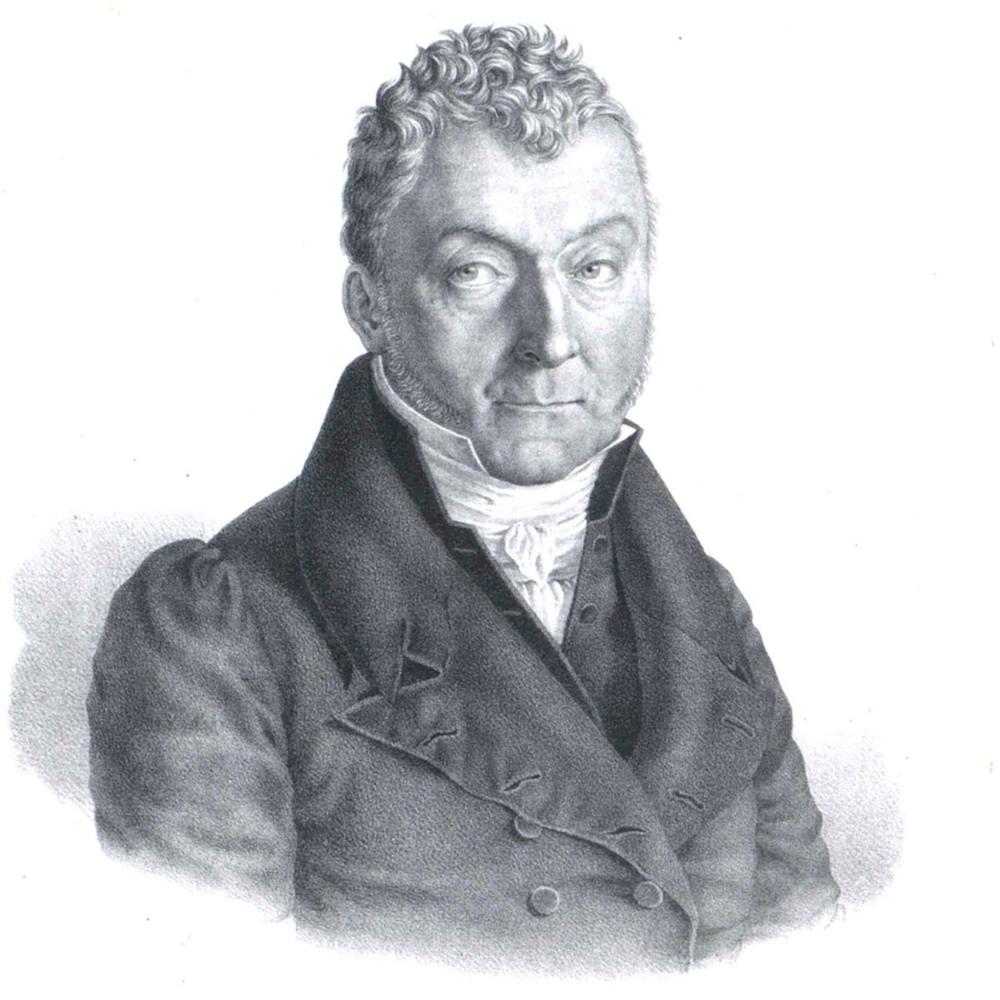How Can We Define Anthroposophy?
In 2022, Beer Verlag reissued a work by Ignaz Troxler in which his aphoristic fragments are summarized under the title ‹The Certainty of the Spirit›. The book constitutes an essential document for work on the sources and fundamental concepts of anthroposophy. Moreover, it makes it possible to bring back to the fore the too often forgotten early anthroposophist – Ignaz Troxler.
Defining anthroposophy isn’t easy. Ignaz Troxler (1780–1866) can be regarded as a key figure in this field of research. The Swiss physician and philosopher can rightly be described as an ‹anthroposophist› because he endeavoured to formulate the meaning and basis of anthroposophy. Even though we generally define Rudolf Steiner as the founder of anthroposophy, Troxler’s historical figure challenges this statement because he lived before Steiner. It seems appropriate not to forget Troxler and his work if one wants to return to the origins of anthroposophy. Rudolf Steiner also mentioned Troxler repeatedly and regretted that his name had fallen into oblivion. In 1916, he emphasized that the presence of anthroposophy on Swiss soil wasn’t a novelty, as it was already present before the Goetheanum settled there, and that it was to be found precisely in Ignaz Troxler, who knew how to formulate «a beautiful, glorious definition of anthroposophy.»(1)
An Original Anthroposophy
When the origins of anthroposophy are spoken of, they are usually thought to refer first to the artists and thinkers of Goethe’s time, to natural philosophy and the German idealists. However, the word ‹anthroposophy› is not found in Goethe, nor in Novalis, Schiller, Hegel, Fichte, and only marginally in Schelling. The term appears in various 19th century thinkers, but it is in the work of Ignaz Troxler that the idea and the word ‹anthroposophy› really take effect. Troxler was a student of Hegel and Schelling and even became friends with the latter. He had the opportunity to assimilate all the fruits of Goethe’s time, and he designed, as it were, a synthesis of them, which he called ‹anthroposophy›.
The collection, newly published by Frieder Sprich at Beer-Verlag, contains numerous aphorisms by Ignaz Troxler, which had already been collected and arranged by Willi Aeppli for the 1958 edition published by Verlag Freies Geistesleben. The order has been somewhat rearranged, and the fragments have been provided with numerous comments. An overview of the individual chapters reveals a thematic landscape typical of anthroposophy, starting with ‹cognition of knowledge›, continuing with the ‹nature of man› and ‹pedagogy›, and ending with ‹Christology›.
From Thinking to Clairvoyance
At the beginning of his approach, Troxler focuses his attention and meditations on the capacity to think. What is philosophizing? What is recognition? What is thought? This is the central question that has moved philosophers from Descartes through Kant to Hegel, Fichte, and Schelling, and that will later be found in Steiner, Husserl, and other philosophers to this day. First, it is a matter of recognizing this mental activity of human nature in all its potential: «Thinking as an independent and free process of cognition is something far more powerful and glorious than one usually imagines it.» However, thought, usually used in an industrial civilization to understand and reshape the external world, remains the invisible, unobserved element in human activity. The point, then, is to focus attention on the thinking subject, on the thinking process as such.
This excerpt comes from an article originally published in the (online exclusive) English Edition of the weekly Newsletter ‹Das Goetheanum›. You can read the full article on the website of ‹Das Goetheanum›.
Image Ignaz Paul Vital Troxlers von Fr. Buser. Engraving by J. Siebert, c. 1850. Austrian National Library, Public Domain Mark 1.0.

